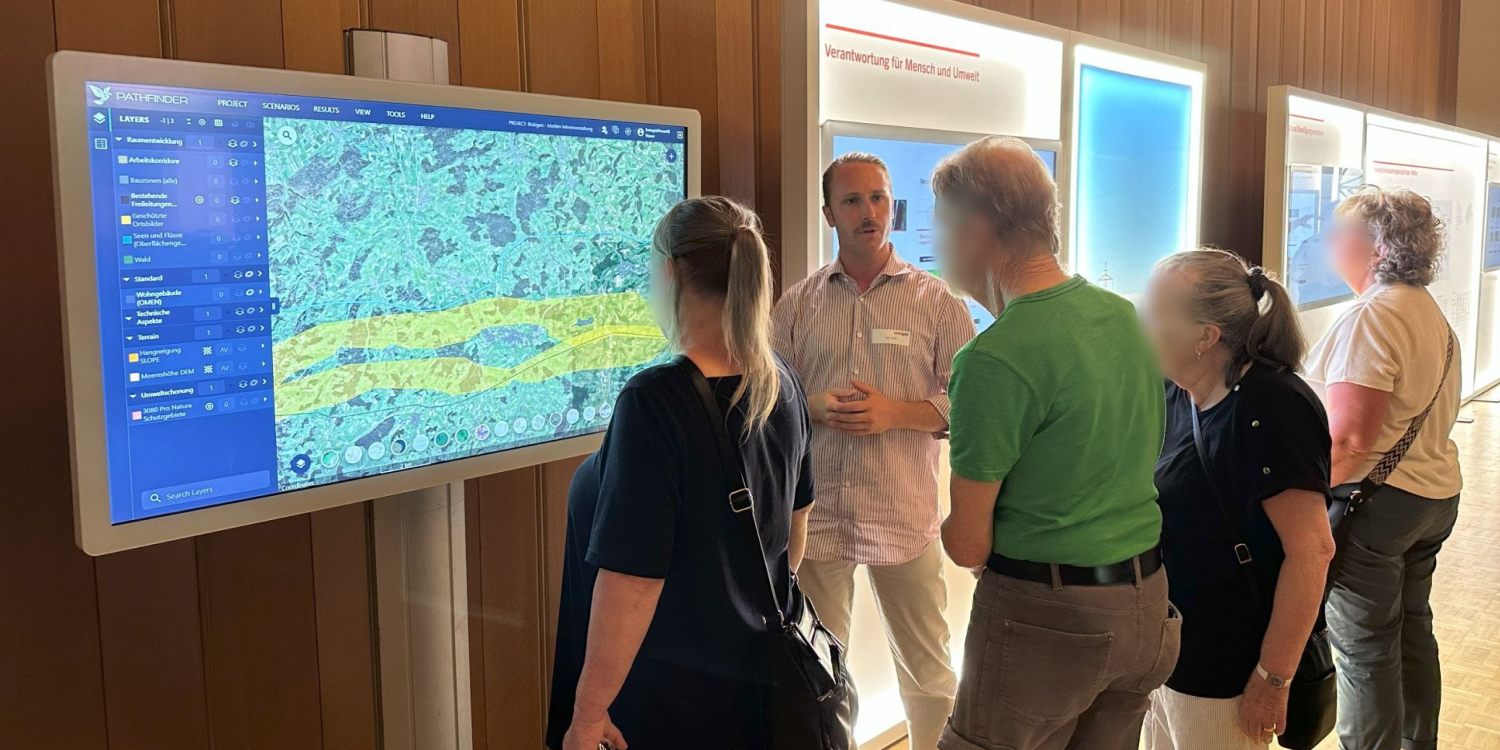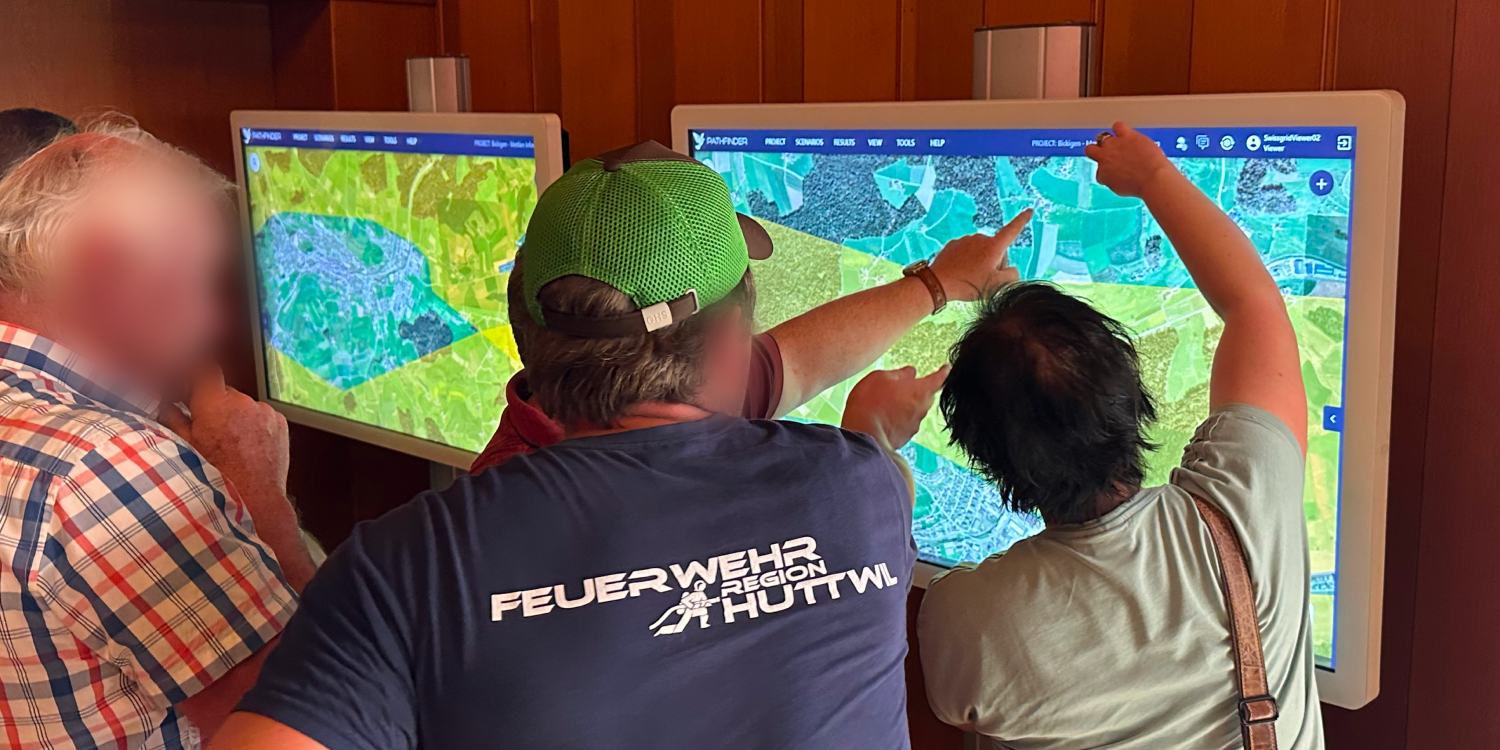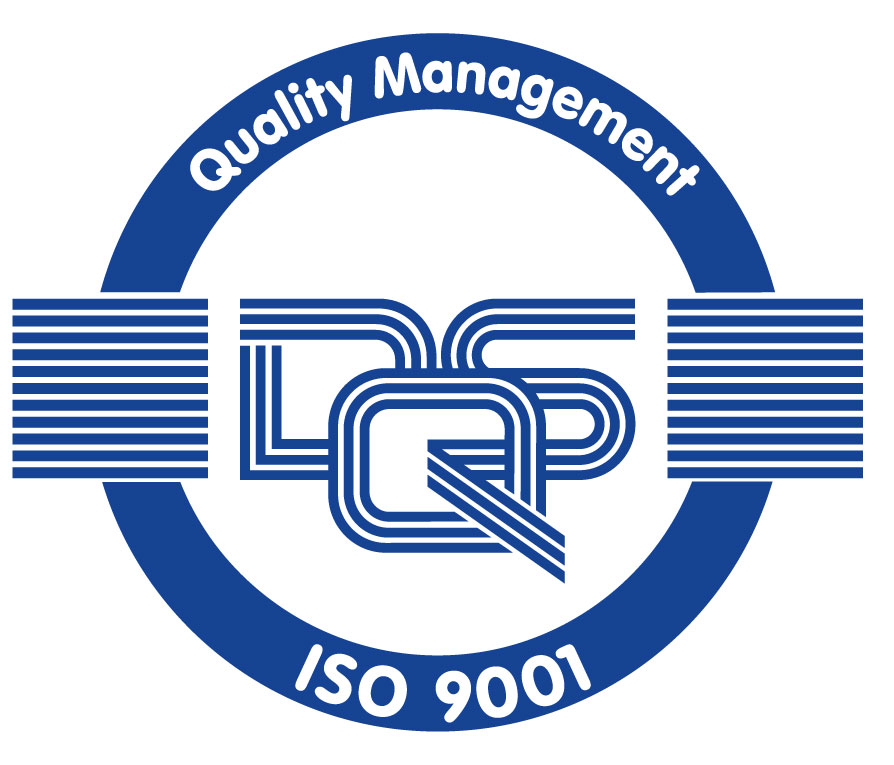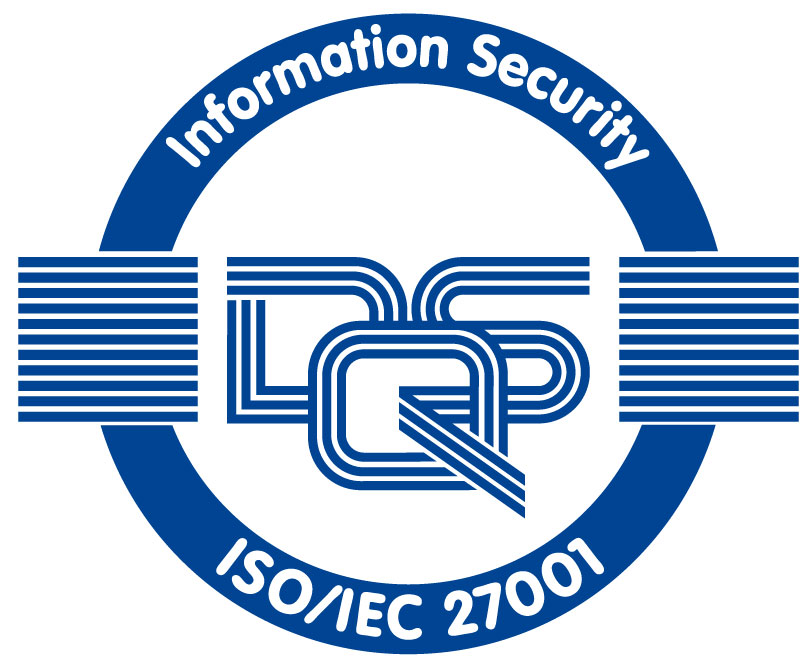At Gilytics, we understand that community engagement is a cornerstone of successful energy infrastructure projects. As the landscape of energy planning becomes increasingly complex, the need for transparent communication and collaboration with local stakeholders is more critical than ever. Engaging communities effectively not only fosters trust but also enhances project acceptance and success.
The Importance of Community Engagement
Community engagement is essential for several reasons. First and foremost, it helps build trust between project developers and local residents. When communities feel informed and involved in the decision-making process, they are more likely to support infrastructure projects that may impact their lives. Additionally, effective engagement can lead to valuable insights from community members, helping to identify potential concerns and solutions early in the planning process.
However, we recognise that engaging communities is not without its challenges. Many residents may feel overwhelmed by technical jargon or uncertain about how proposed projects will affect them. This is where transparency becomes a vital tool in bridging the gap between project developers and the communities they serve.
Our customer, Swissgrid, exemplifies this approach by utilizing Gilytics Pathfinder during the planning, permitting, and stakeholder engagement phases to ensure clarity and collaboration. The tool allows digital and interactive planning, showcasing corridor alternatives in 3D and on clear, easy-to-read maps.
The Benefits:
• Increased transparency: Everyone can see and understand all corridor options.
• Better engagement: Questions can be answered directly using the digital model.
• Simplified communication: Clear maps and 3D views replace hard-to-read plans, making discussions easier.
• More efficient planning: Corridor options can be easily compared and discussed.

The Challenges of Traditional Engagement Methods
Traditional methods of community engagement, such as public meetings and static presentations, often fall short in conveying complex information. Static maps and PDF documents can be difficult for the average person to interpret, leading to confusion and frustration. When stakeholders are unable to grasp the implications of a project, it can result in resistance and opposition.
Moreover, last-minute changes to project plans can exacerbate these challenges. If communities are not kept informed about updates or modifications, trust can quickly erode, making it harder to gain support for the project.
Transparency as a Solution
At Gilytics, we believe that transparency must be at the forefront of the planning process to foster effective community engagement. By providing clear, accessible information, project developers can empower communities to participate meaningfully in discussions about energy infrastructure.

1. Use Interactive Tools
One of the most effective ways to enhance transparency is through the use of interactive tools. Our Gilytics Pathfinder enables project teams to present information in an engaging and easy-to-understand manner. By showcasing corridor alternatives in 3D and providing clear, easy-to-read maps, electricity grid operators can visualize the project’s impact on their community.
Swissgrid has successfully employed Pathfinder to facilitate real-time feedback during community consultations, allowing residents to ask questions and express concerns directly. This two-way communication fosters a sense of collaboration and ensures that residents feel heard and valued.
2. Provide Clear and Concise Information
When presenting information to communities, clarity is key. We recommend avoiding technical jargon and focusing on delivering straightforward explanations of project details. Using visuals, such as infographics and maps, can illustrate complex concepts and make them more digestible.
Additionally, consider creating FAQs or informational brochures that address common concerns and questions. This proactive approach can help alleviate fears and misconceptions, paving the way for more productive discussions.
3. Foster Open Dialogue
Creating an environment where open dialogue is encouraged is essential for effective community engagement. We advocate for hosting regular information sessions where community members can ask questions and share their thoughts. These sessions should be designed to facilitate conversation rather than simply disseminate information.
Encouraging project teams to actively listen to community feedback and demonstrate a willingness to adapt plans based on input is crucial. This collaborative approach not only builds trust but also empowers residents to take ownership of the project’s outcomes.
4. Highlight the Benefits
Communities are more likely to support energy projects when they understand the benefits involved. Clearly communicating how the project will positively impact the community, whether through job creation, improved infrastructure, or environmental sustainability, is vital.
By framing the project in terms of its potential benefits, project developers can help residents see the value of the initiative and foster a sense of shared purpose.
5. Follow Up and Maintain Engagement
Community engagement should not end once the project is approved. Maintaining ongoing communication with stakeholders throughout the project lifecycle is crucial. We recommend providing regular updates on progress, addressing any emerging concerns, and celebrating milestones together.
By keeping the lines of communication open, project developers can continue to build trust and ensure that communities remain engaged and informed.
Empowering Communities for a Sustainable Future
At Gilytics, we believe that engaging communities in energy projects is essential for fostering trust, enhancing acceptance, and ultimately ensuring project success. By prioritizing transparency and employing best practices in community engagement, project developers can create a collaborative environment that empowers residents and addresses their concerns.
We are committed to supporting open and transparent dialogue between project teams and communities. By leveraging innovative tools like Pathfinder, we can help facilitate meaningful engagement that drives the energy transition forward.
If you want to learn more about how Gilytics Pathfinder can facilitate meaningful engagement in your projects, our team, together with the Swissgrid team, are happy to chat. Together, we can learn from each other and drive the energy transition forward.


